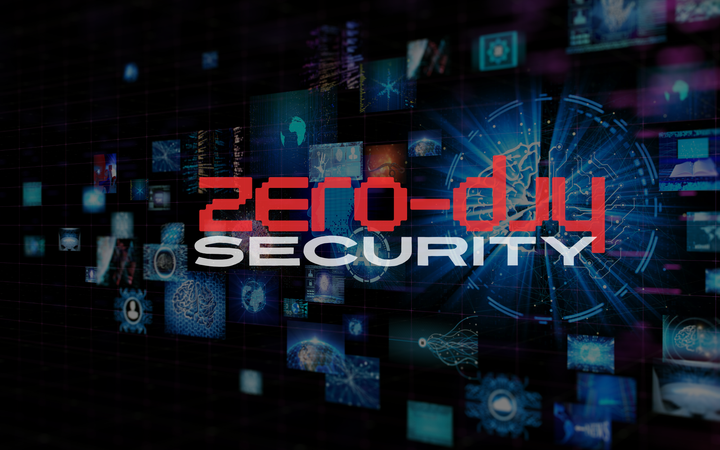VMware ESXi Remote Code Execution (CVE-2025-26012): Hypervisor Security in the Crosshairs
VMware ESXi users are urged to patch immediately after the discovery of CVE-2025-26012, a critical RCE flaw that could allow attackers to seize control of entire virtualized environments from a single network request.

A critical remote code execution vulnerability in VMware ESXi could give attackers a direct path into virtualized infrastructure, potentially compromising hundreds of virtual machines from a single exploit.
Vulnerability Overview
Tracked as CVE-2025-26012, this flaw exists in VMware ESXi, the widely used enterprise hypervisor that powers private clouds, data centers, and virtual desktop infrastructure (VDI) deployments.
The vulnerability arises from improper input validation in the network service responsible for virtual machine management. A remote, unauthenticated attacker could send specially crafted packets to this service, triggering arbitrary code execution at the hypervisor level.
This is a worst-case scenario for organizations that depend on virtualization, as compromise of the hypervisor often means compromise of every VM running on it.
Attack Vectors & Potential Impact
- Unauthenticated Exploitation: No login required — a single network request could be enough to compromise the system.
- Impact on Entire VM Fleet: Attackers could gain access to, modify, or destroy virtual machines, or use them as footholds into the wider corporate network.
- Potential for Lateral Movement: Once inside the hypervisor, attackers can pivot to sensitive workloads without triggering traditional endpoint defenses.
Mitigation & Patching Guidance
VMware urges all ESXi users to:
- Apply the security update immediately across all affected hypervisors.
- Restrict ESXi management interfaces to a dedicated management network not exposed to the internet.
- Enable network segmentation to limit potential attack paths.
- Implement strict access controls and monitoring for administrative actions.
ThreatGrid Takeaways
- Hypervisors are high-value targets — attackers know one compromise can yield many rewards.
- Exposure of management interfaces to the internet is an unnecessary and dangerous risk.
- This CVE highlights the importance of patch velocity in protecting virtualized infrastructure.



